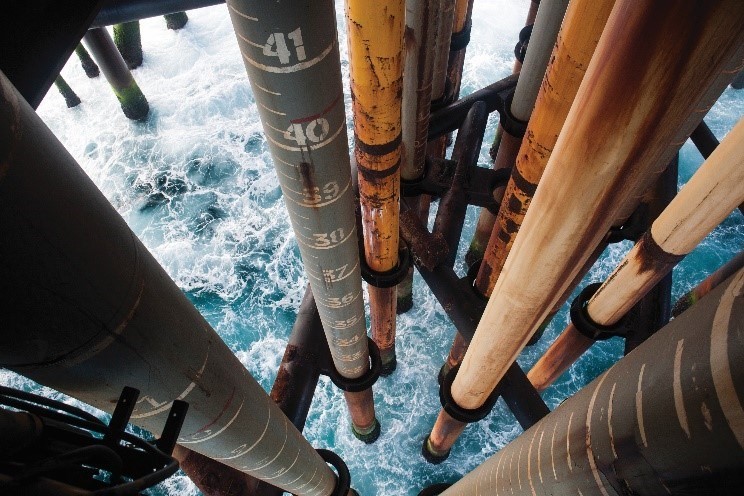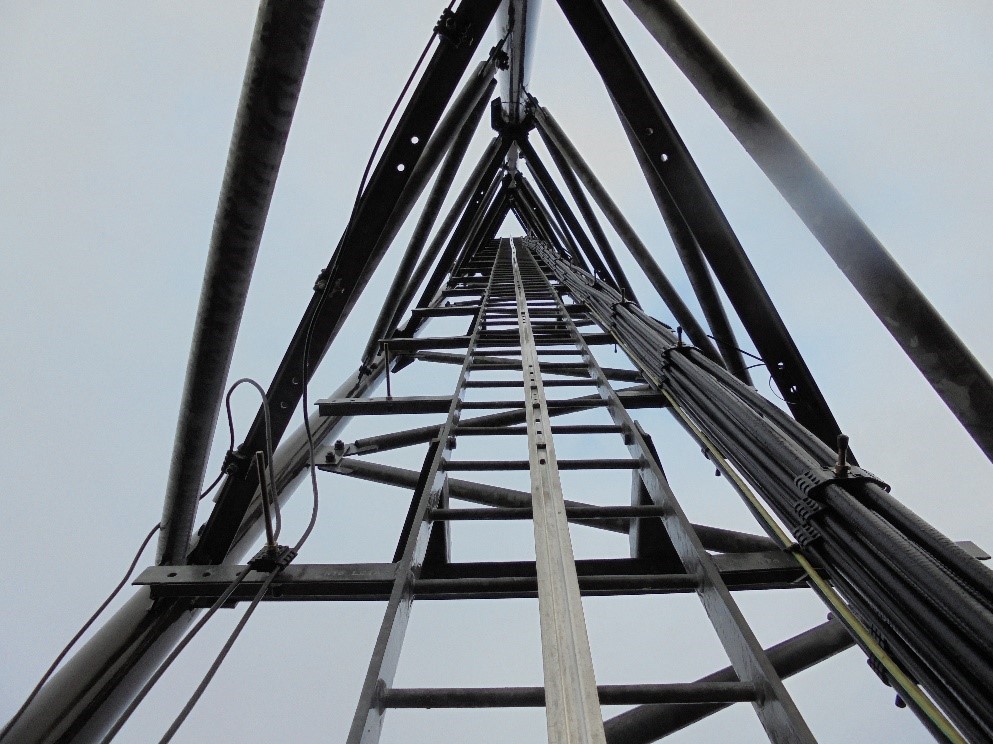The oil and gas industry are faced with mature platforms in the North Sea, Middle East, Africa, and other areas of the world which are in their latter stages of design life or have already exceeded their design life. In-service assessment of these ageing riser conductor system condition is important to ensure safe continuous operations, enhance confidence, recommend and carry out strengthening analysis and design of these structures with the aim of extending their original design life.
Engineering assessment of ageing riser conductor considers the original design including forecast environmental and operational loads, materials degradation and losses due to corrosion and erosion and operations induced stresses. In addition to determined degradation and losses, hindcast actual environmental and operational loads are used to establish the riser conductor capacity utilisation to-date, and this is compared and bench-marked against the original design capacity to determine the remaining utilisation and remaining useful life, if any. Possible outcome includes:
- There is sufficient remaining design structural capacity for safe continuous operations – considering routine and improved recommended maintenance and inspections, predict the asset safe remaining in-service useful life;
- There is marginal or no useful design structural capacity to ensure safe continuous operations – complete effective strengthening design and recommendations to extend and predict the useful design life for safe continuous operations;
- Useful design structural capacity has been exceeded – complete effective repair and strengthening design and recommendations to extend and predict the useful design life for safe continuous operations.
Engineering assessment of riser conductor can be a cost-effective structural integrity tool not only for ageing high risks riser conductor systems but also for immature low risks subsea well platforms, to avoid the problems and unplanned expensive repairs and loss of assets suffered by ageing platform facilities.
Contact us to learn more and discuss your needs with our expert team and how we can best serve: info@ka-engroup.com



